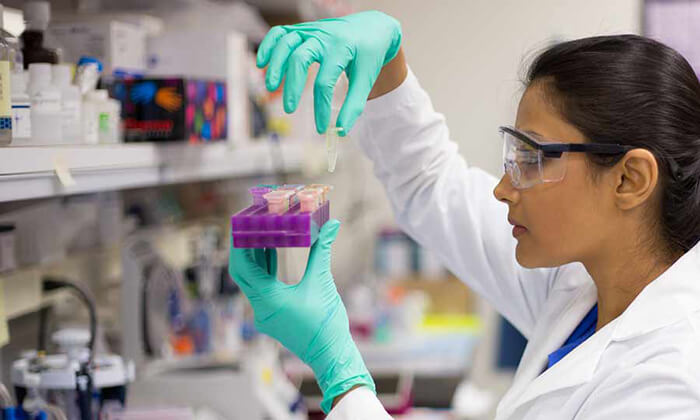Scientists Think This Oddball Organism Could Help Take the 'Forever' Out of Forever Chemicals
By Darren Orf | Popular Mechanics | January 31, 2025

Read the full article by Darren Orf (Popular Mechanics)
"Humanity has created polymers for a variety of applications, but perhaps the most insidious are perluoroalkyl and polyfluoroalkyl substances—otherwise known as PFAS. The first fluoropolymer was created in the late 1930s, and the ensuing decades saw an influx of PFAS into the environment, which are now known to have links to higher cholesterol, lower fertility, developmental delays in children, and a greater risk for a variety of cancers. And because these polymers are made with ultra strong carbon-fluoride bonds, they tend to persist in the environment, giving them the unfortunate moniker of “forever chemicals.”
Now, scientists are turning to a microscopic ally to make these chemicals a little less “forever.” In April of 2024, the U.S. Environmental Protection Agency labeled a highly persistent PFAS known as perfluorooctane sulfonic acid (PFOS) and its salts and structural isomers as hazardous substances. But it turns out—according to a new study published in the journal Science of the Total Environment—that a bacteria known as Labrys portucalensis F11 (or just F11) will successfully devour 90 percent of PFOS to which it is exposed. With the discovery of bacteria with a predilection for PFOS, scientists hope that they can use F11 in remediation for this type of PFAS.
“The bond between carbon and fluorine atoms in PFAS is very strong, so most microbes cannot use it as an energy source,” Diana Aga, a co-author of the study from the University of Buffalo, said in a press statement. “The F11 bacterial strain developed the ability to chop away the fluorine and eat the carbon.”
This content provided by the PFAS Project.
Topics: